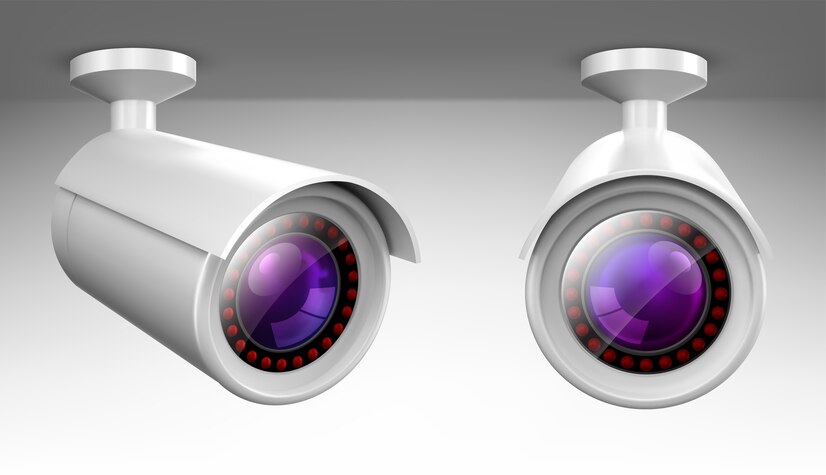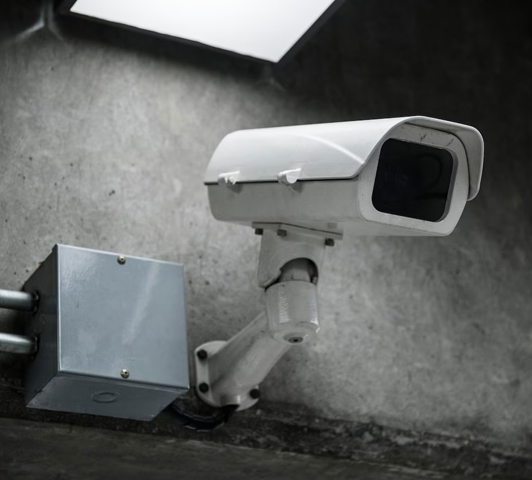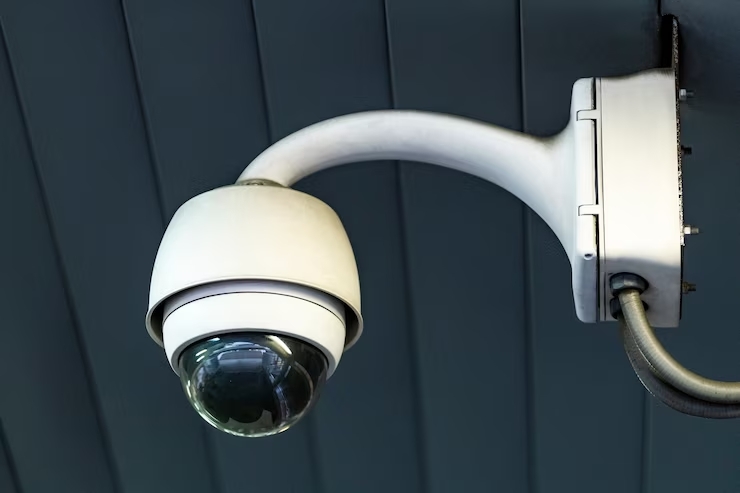The choice between dome cameras and bullet cameras is a crucial decision that can significantly impact the effectiveness and functionality of your surveillance camera system. . Each type offers distinct features and advantages, catering to different security needs and environments. In this comprehensive guide, we explore the differences between dome cameras and bullet cameras, helping you make an informed decision about the best surveillance solution for your needs.
Dome Cameras: Sleek, Discreet, and Versatile
Dome cameras, characterised by their dome-shaped housings, are known for their sleek and discreet design. Here are some key features and advantages of dome cameras:

- 360-Degree Coverage: Dome cameras typically offer a wide field of view, allowing for comprehensive coverage of indoor and outdoor spaces without the need for multiple cameras.
- Vandal Resistance: Many dome cameras are designed with rugged casings and tamper-resistant features, making them suitable for high-risk areas where vandalism or tampering may occur.
- Discreet Appearance: The dome-shaped housing of these cameras makes them less conspicuous compared to other camera types, blending seamlessly into the surroundings and minimising the risk of being noticed by potential intruders.
- Weatherproof Options: Some dome cameras come with weatherproof and vandal-resistant enclosures, making them suitable for outdoor installation in challenging environments.
- Day/Night Functionality: Many dome cameras are equipped with infrared (IR) LEDs for night vision capability, ensuring reliable surveillance even in low-light conditions.
Bullet Cameras: Long-Range Monitoring and Deterrence
Bullet cameras, named for their cylindrical shape resembling a bullet, offer distinct advantages for specific surveillance applications. Here are some key features and advantages of bullet cameras:
- Long-Range Monitoring: Bullet cameras are often equipped with powerful zoom lenses or varifocal lenses, allowing for long-range monitoring of specific areas such as parking lots, driveways, or perimeter fences.
- Visible Deterrence: The prominent and visible design of bullet cameras can act as a deterrent to potential intruders, signalling the presence of surveillance and discouraging criminal activity.
- Flexible Mounting Options: Bullet cameras typically come with adjustable brackets or mounts, allowing for easy installation on walls, ceilings, or poles, providing flexibility in positioning and aiming.
- Weatherproof Construction: Many bullet cameras feature rugged and waterproof housings, making them suitable for outdoor surveillance in harsh weather conditions.
- Enhanced Zoom Capabilities: Some bullet cameras offer advanced zoom capabilities, including optical zoom and digital zoom, allowing users to zoom in on specific details or areas of interest with precision.
Which is Best? Choosing the Right Camera for Your Needs
The choice between dome cameras and bullet cameras ultimately depends on your specific security requirements, budget, and installation environment. Here are some factors to consider when making your decision:
- Indoor vs. Outdoor Use: Dome cameras are often preferred for indoor surveillance due to their discreet appearance, while bullet cameras are well-suited for outdoor use, especially in areas requiring long-range monitoring or visible deterrence.
- Aesthetics and Discretion: If aesthetics and discretion are important considerations, dome cameras may be the preferred choice, as they blend seamlessly into indoor environments and are less conspicuous than bullet cameras.
- Visibility and Deterrence: If visible deterrence is a priority, bullet cameras are an excellent choice, as their prominent design can deter potential intruders and signal the presence of surveillance.
- Field of View and Coverage: Dome cameras typically offer a wider field of view, making them suitable for monitoring large indoor spaces, while bullet cameras excel in long-range monitoring and targeted surveillance of specific areas.
Conclusion: Making an Informed Decision
In conclusion, both dome cameras and bullet cameras offer unique advantages and features that cater to different surveillance needs and environments. When choosing between the two, it’s essential to consider factors such as indoor vs. outdoor use, aesthetics, visibility, field of view, and mounting options. By carefully evaluating your security requirements and weighing the pros and cons of each CCTV camera type, you can select the surveillance solution that best meets your needs and provides peace of mind.



